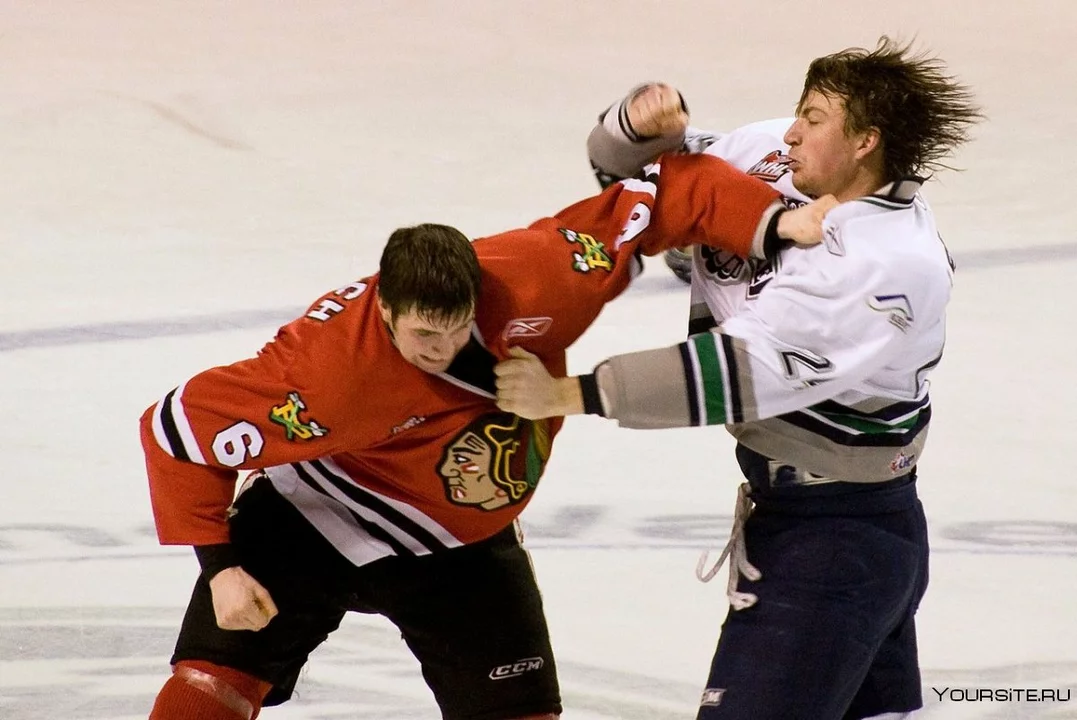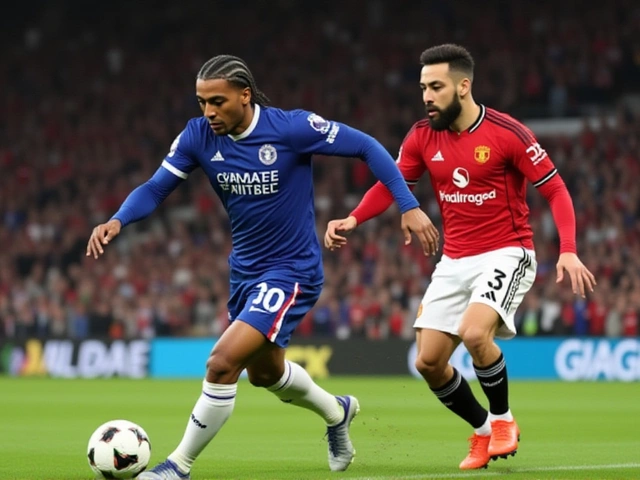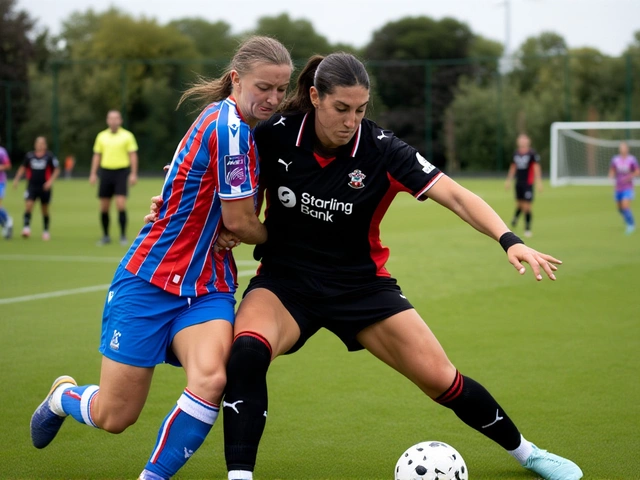
Understanding Hockey's Unique Culture
As a passionate hockey fan, I've always been intrigued by the prevalence of player to player fights during games. Throughout the years, I've come to understand that these altercations are deeply rooted in the sport's unique culture and unwritten rules. In this article, we'll delve into the reasons behind these intense confrontations and why they are so common in hockey games.
A Physical Game by Nature
Hockey is undoubtedly one of the most physically demanding sports out there. Players are constantly jostling for position, engaging in body checks, and battling for the puck in tight corners. This highly physical nature of the sport often leads to tempers flaring and emotions running high, which can ultimately result in player to player fights. While other sports may have a similar level of physicality, hockey's fast pace and close quarters create the perfect environment for tension to build and boil over.
Protecting Star Players
One of the primary reasons for player to player fights in hockey is to protect a team's star players. Enforcers, or "tough guys," on a team are often tasked with ensuring that their skilled teammates are not targeted or intimidated by opponents. If a star player is hit or harassed, it's not uncommon for an enforcer to step in and retaliate, sending a clear message to the opposing team that their actions will not be tolerated.
Retribution and Settling Scores
Retribution is another major factor in hockey fights. If a player feels that they or a teammate has been wronged by an opponent, they may take it upon themselves to seek revenge. This can lead to a domino effect, with both teams engaging in a series of fights to settle scores and maintain a sense of justice on the ice. Although this may seem barbaric to some, it's a deeply ingrained part of hockey culture that many players and fans view as essential to the game.
Changing the Momentum of a Game
Believe it or not, fights can actually serve a strategic purpose in hockey games. A well-timed fight can help shift the momentum in favor of a team that has been struggling or lacking energy. By engaging in a physical confrontation, a player can fire up their teammates and inspire them to elevate their level of play. While it may seem counterintuitive, a fight can sometimes be the spark that a team needs to turn a game around.
Upholding the Code
In the world of hockey, there exists an unwritten code of conduct that players are expected to adhere to. This code dictates how players should behave in various situations, including when it's appropriate to engage in a fight. Violating the code can result in retribution from the opposing team, further contributing to the prevalence of player to player fights in hockey games. While the code may seem archaic to some, it's a crucial aspect of the sport's culture that helps maintain a sense of order and respect among players.
Entertainment Value and Fan Appeal
Let's face it - fights are a major draw for many hockey fans. The excitement and intensity of these confrontations can make for some of the most memorable moments in a game. While some argue that fighting detracts from the true essence of the sport, others view it as an integral part of the hockey experience. The debate over the role of fighting in hockey is ongoing, but there's no denying that it adds a unique element of drama and entertainment that sets the sport apart from others.
Instigating Opponents and Drawing Penalties
Another strategic reason for fighting in hockey is to provoke opponents into taking penalties. By instigating a confrontation, a player may be able to bait their opponent into retaliating and drawing a penalty, giving their team a valuable power-play opportunity. While this tactic is not always successful, it's another example of how fighting can have a direct impact on the outcome of a game.
The Role of Tradition and History
Player to player fights have been a part of hockey since the sport's earliest days, and this tradition has been passed down through generations of players. Many view fighting as an integral part of the sport's history and identity, and to remove it would be to fundamentally change the nature of the game. While the role of fighting in hockey has evolved over time, its historical roots help explain why it remains so prevalent today.
Addressing the Debate and the Future of Fighting in Hockey
As the sport of hockey continues to evolve, so too does the debate surrounding fighting. Some argue that the sport should move away from its pugilistic past and focus on skill and athleticism, while others maintain that fighting is a necessary aspect of the game. Ultimately, the future of fighting in hockey remains uncertain, but for now, it remains a deeply ingrained part of the sport's culture and identity.


